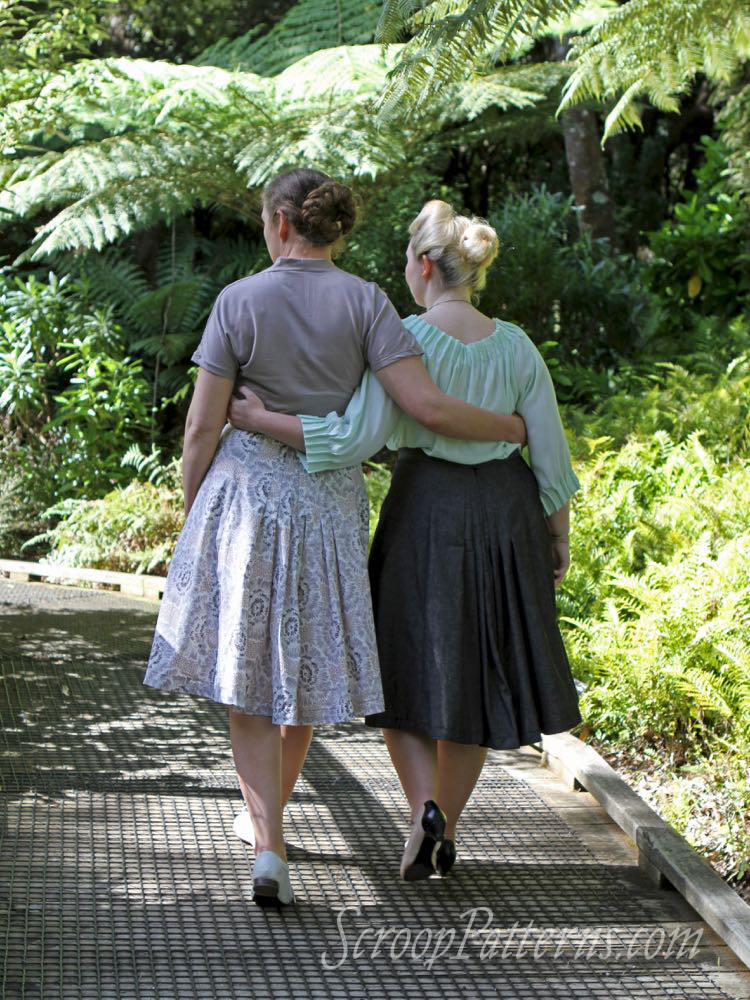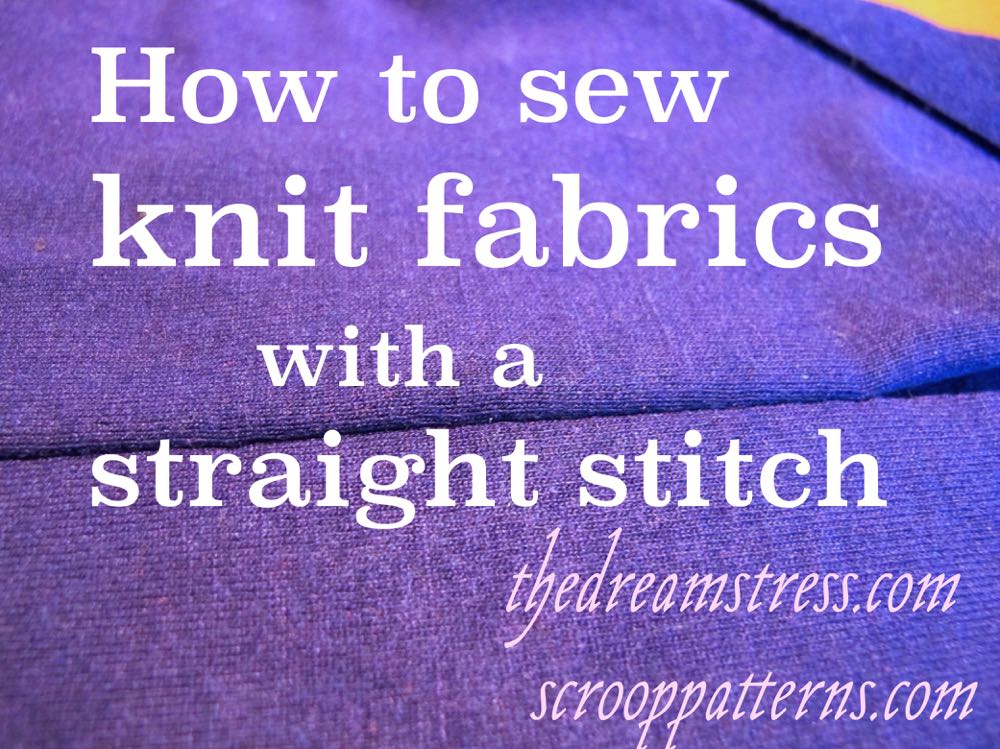Meet the Scroop Fantail Skirt!
Say hello to the newest Scroop Pattern: the Fantail Skirt, a gorgeous skirt with a flirty fan of back pleats inspired by New Zealand’s beloved fantail, or pÄ«wakawaka, and late Victorian and Edwardian skirts styles. The Fantail is a particularly exciting pattern for me: not only is it the first historical Scroop Pattern, it’s also a two-parter, with a full-length historical version, accurate to 1890-1910, and a just-below-the knee modern version (and I love them both!). The Historical version is based on my personal 5-gored late-Victorian/Edwardian skirt pattern, with a fan of back pleats that always make people say “Oooh!” and “How do you do that!” When I launched Scroop Patterns I knew it was one of the patterns I wanted to make available, but I wanted to be sure you got the most accurate version possible. So I’ve been collection skirt patterns from 1890-1910, and studying every skirt from that period that I can access. I’ve combined all of these into one pattern with all the best features. It’s the perfect basis for so …



